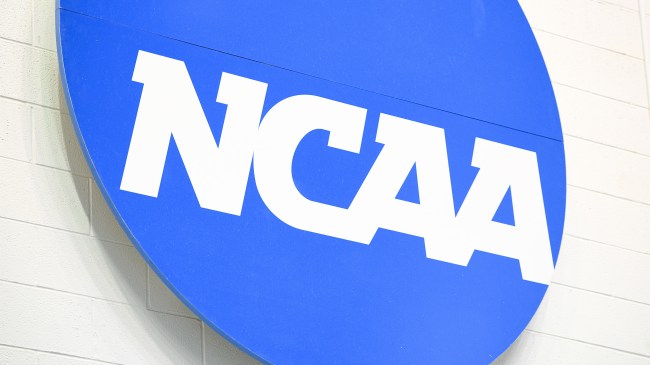
Getty Image
The NCAA has spent decades making life much harder than it needs to be for student-athletes, but the famously authoritarian organization has slowly but surely loosened its grip in recent years.
In 2021, the governing body made a major change to the rule concerning transfers; while players had previously had to redshirt for a year after switching schools, the new regulations allowed the vast majority of people to immediately join their new team (assuming they met the requisite qualifications).
However, that tweak was officially instituted a few months before the NCAA found itself in virtually uncharted waters courtesy of the landmark Supreme Court ruling that usher in the NIL Era. As anyone who keeps tabs on college sports likely knows, the massive amounts of cash that have routinely changed hands in connection to lucrative endorsement deals have permanently altered the landscape, as players now have some major incentive to jump ship to reap the benefits.
Now, the NCAA is doing what it can to minimize chaos and crowding in the transfer portal after officially approving a new rule that should theoretically give athletes who’ve already opted for a change of scenery to be a bit more loyal.
On Wednesday, the Division I Council voted in support of a measure regarding the “waiver process for undergraduate student-athletes who are transferring for a second time.” Under the new guidelines, those transfers will be weighed on a case-to-case basis, but redshirt waivers will primarily be granted to student-athletes who meet the following criteria:
- A demonstrated physical injury or illness or mental health condition that necessitated the student’s transfer (supporting documentation, care plans and proximity of the student’s support system will be considered)
- Exigent circumstances that clearly necessitate a student-athlete’s immediate departure from the previous school (e.g., physical assault or abuse, sexual assault) unrelated to the student-athlete’s athletics participation.
We’ll have to wait to see just how large of an impact this will have in the long run, but based on the veritable Wild West that’s emerged thanks to NIL deals, this seems like a solid way to bring a bit of order back into the situation.